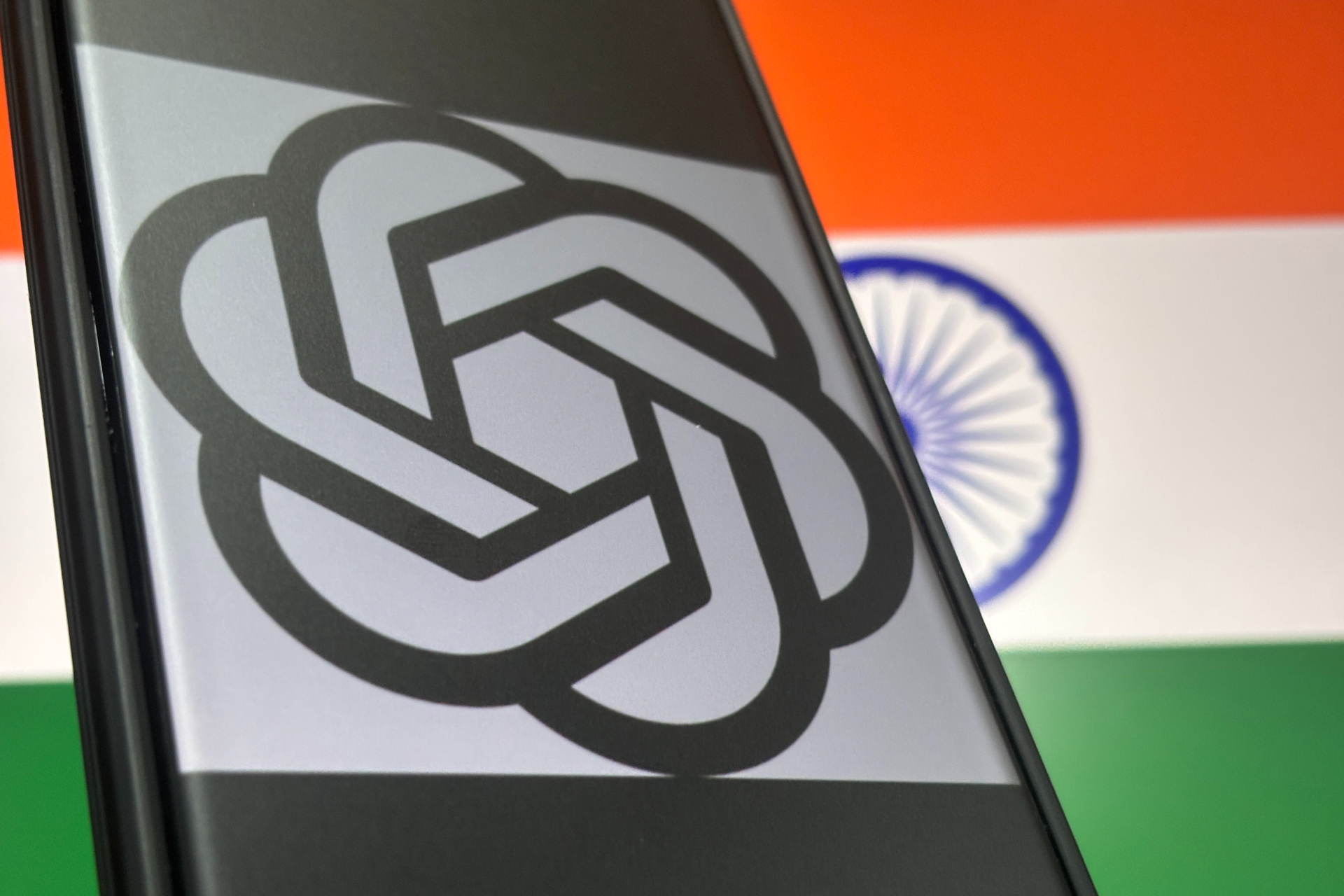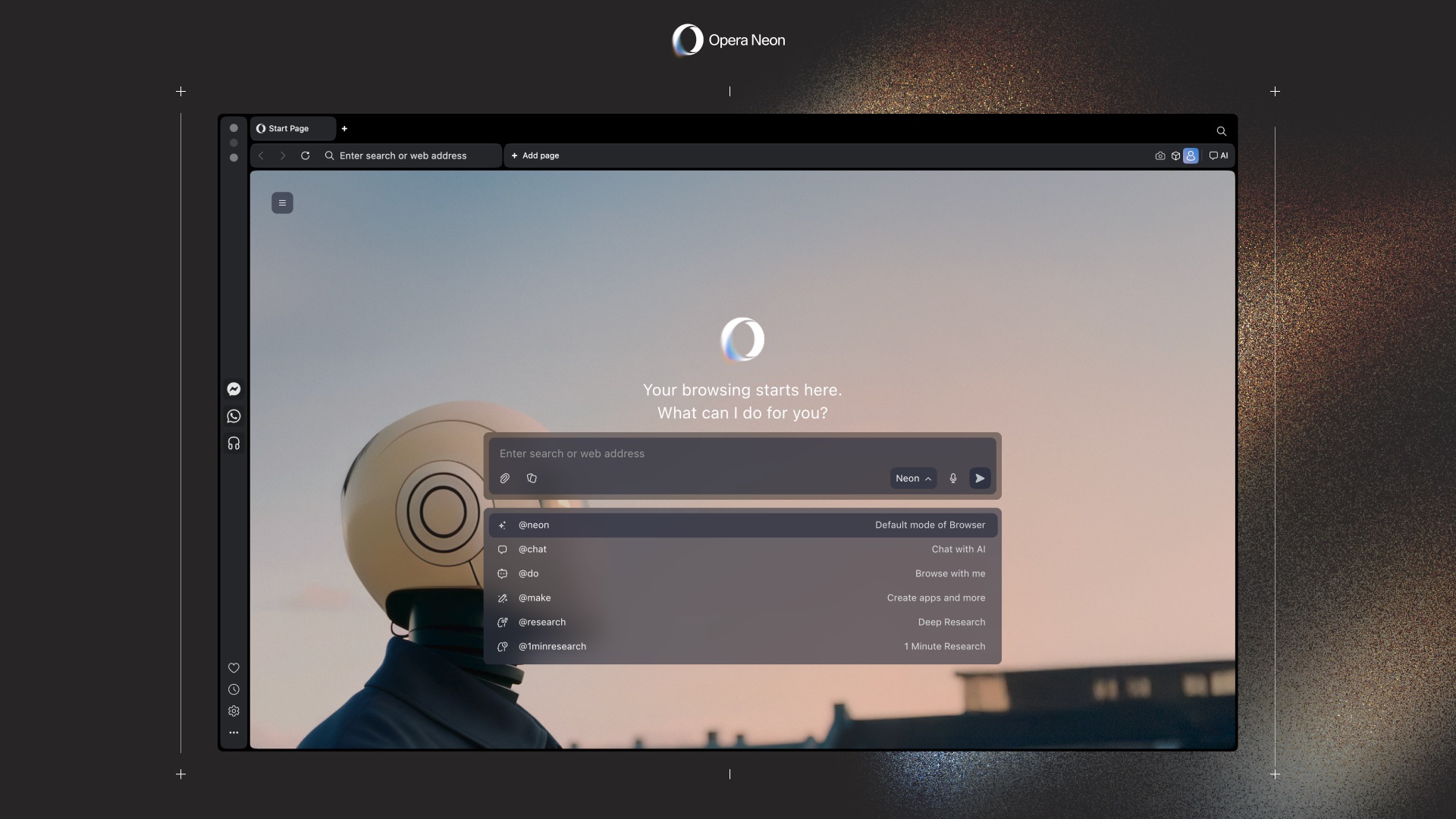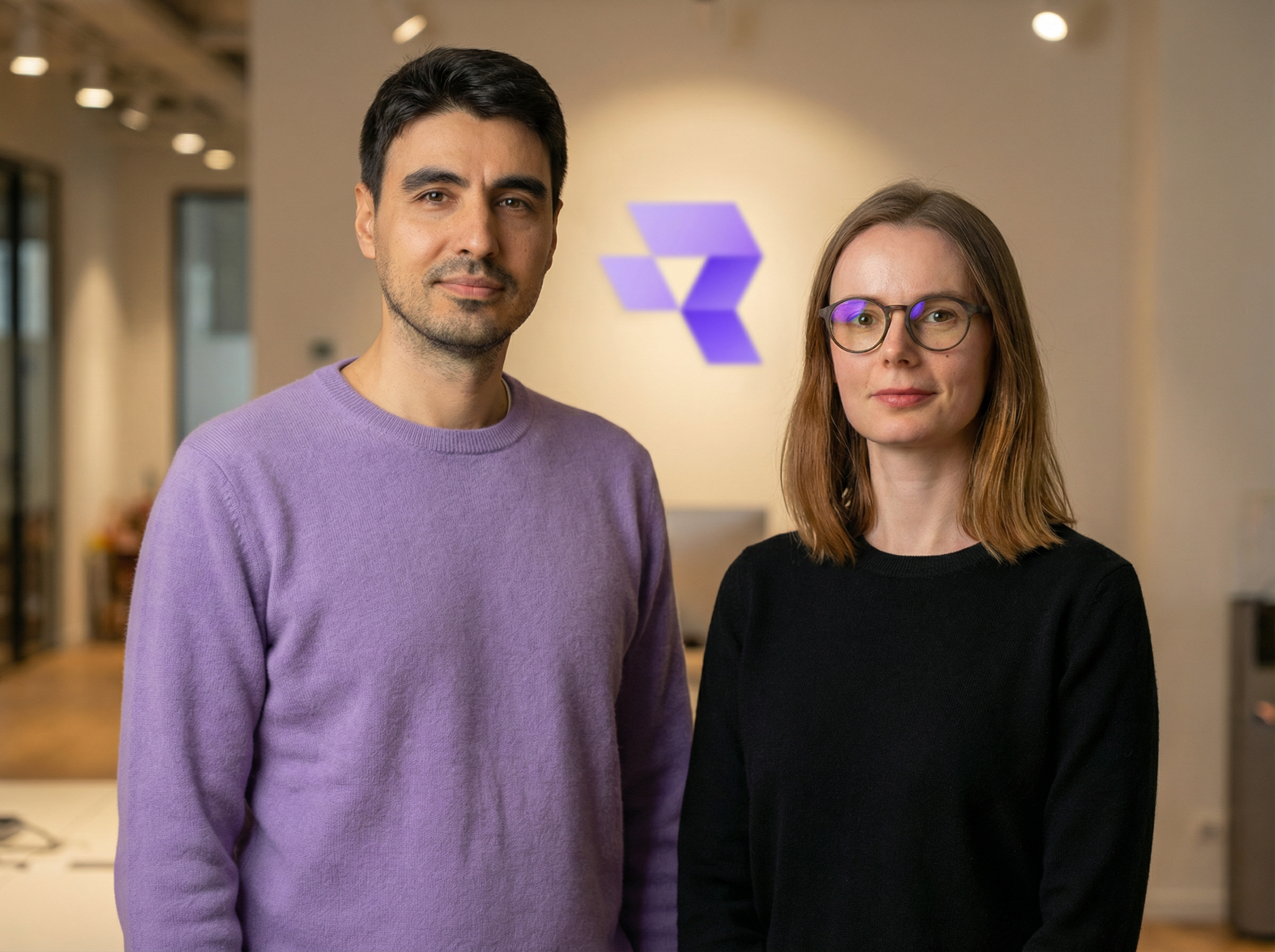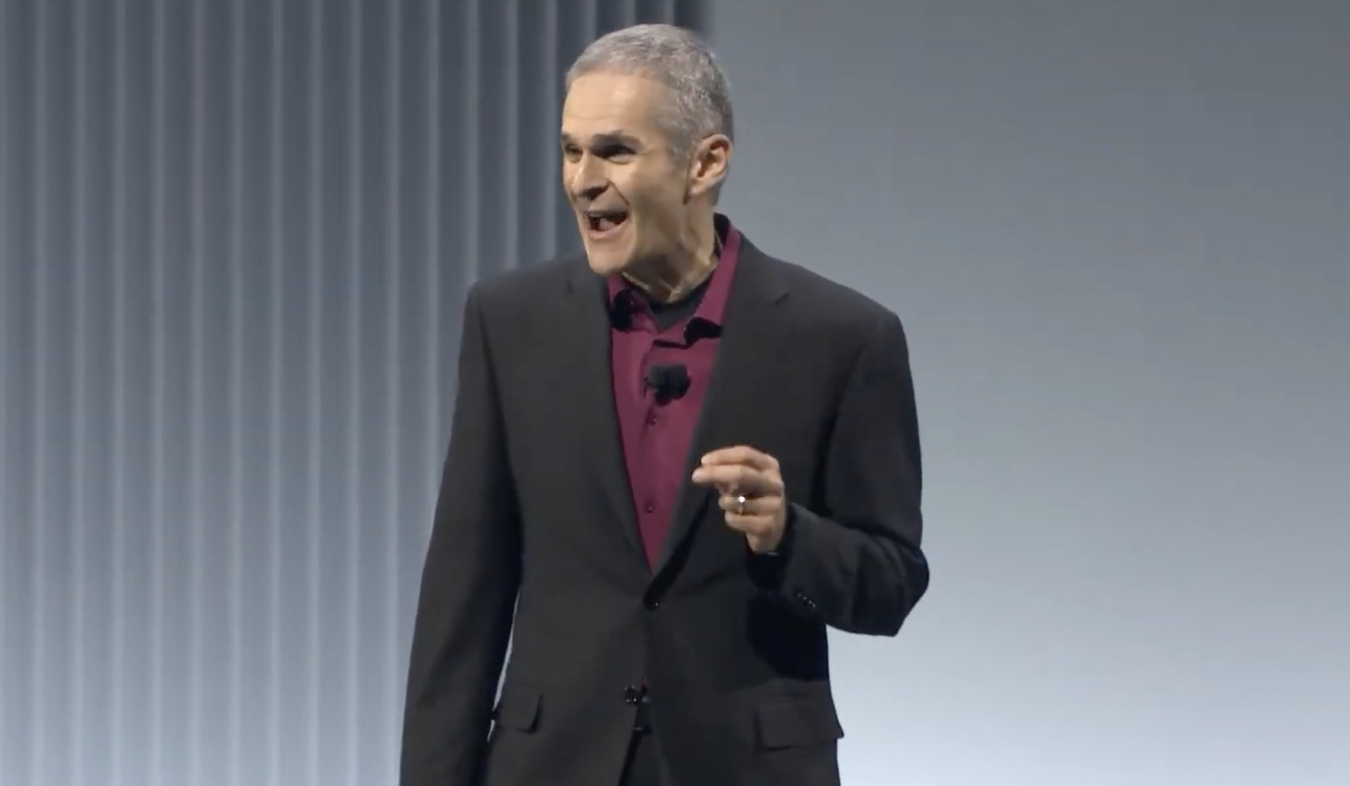
OpenAI, a leading entity in the field of artificial intelligence research and development, has unveiled a significant initiative aimed at deepening its roots in the Indian market: offering its ChatGPT Go subscription plan free for an entire year to users who register during a specific promotional window commencing November 4. This strategic maneuver underscores the company’s aggressive expansion goals within one of its most critical global markets, signaling a clear intent to broaden accessibility to advanced AI capabilities across the subcontinent.
The announcement, made public on a Tuesday, did not delineate the precise duration for which this enticing offer would be available for new sign-ups. However, OpenAI confirmed that even existing subscribers to the ChatGPT Go service in India would automatically qualify for the complimentary 12-month access. This move is poised to significantly amplify the user base for its affordable premium AI service in a nation renowned for its vast digital population and burgeoning tech landscape.
The Genesis of ChatGPT Go and Its Global Reach
The ChatGPT Go plan made its initial debut in India in August, positioning itself as OpenAI’s most economically viable paid subscription tier, priced at less than $5 per month. Its introduction marked a deliberate effort to cater to price-sensitive markets while still delivering enhanced features beyond the standard free version of ChatGPT. Following its successful pilot in India, the service quickly extended its availability to Indonesia. By early October, its footprint had expanded further, reaching an additional 16 countries across the Asian continent, illustrating a focused regional strategy to tap into rapidly digitizing economies.
ChatGPT Go distinguishes itself by offering a significantly augmented user experience compared to its free counterpart. Subscribers benefit from ten times the usage capacity for generating sophisticated responses, creating images using integrated AI models, and uploading various file types for analysis or interaction. Furthermore, the plan boasts improved memory functions, enabling the AI to retain context over longer interactions, thereby facilitating more personalized and coherent conversational flows. This tiered approach allows OpenAI to segment its user base, offering enhanced functionality to those willing to commit a modest fee, or in this case, to those it seeks to onboard for future engagement.
India’s Pivotal Role in the Global Digital Economy
India stands as an indisputably crucial market for global technology enterprises, a status underscored by its colossal demographic figures. With a population exceeding 1.4 billion, it has emerged as the world’s most populous nation, boasting an impressive digital penetration. The country is home to over 700 million smartphone users and more than a billion internet subscribers, creating an unparalleled ecosystem for digital product adoption. This vast, digitally connected populace, characterized by a significant youth demographic, presents an enormous talent pool and consumer base for AI technologies.
OpenAI’s recognition of India’s strategic importance is not new. In August, the company solidified its commitment to the region by inaugurating its New Delhi office, a move intended to establish a stronger local presence and foster direct engagement with the Indian tech community. This physical expansion is complemented by ongoing efforts to assemble a dedicated local team, which is vital for understanding nuanced market demands, providing localized support, and tailoring products to suit Indian linguistic and cultural contexts. OpenAI CEO Sam Altman previously highlighted India’s prominence, designating it as the company’s second-largest market globally, trailing only the United States. This declaration emphasizes the sheer volume of engagement from Indian users, even if revenue generation posed initial challenges.
Strategic Play: Penetration Over Immediate Profit
While user engagement in India has been robust, converting that engagement into significant revenue streams has proven to be a complex undertaking. Data from Appfigures, reviewed by TechCrunch, indicated that despite accumulating over 29 million downloads in the 90 days preceding August, the ChatGPT app generated a relatively modest $3.6 million in in-app purchases during the same period. This disparity highlights a common challenge for premium digital services in markets where users are often accustomed to free offerings or highly competitive pricing.
OpenAI’s decision to offer ChatGPT Go for free for a year can be interpreted as a calculated strategic investment rather than a direct monetization effort. This approach aims to cultivate a habit among users, allowing them to experience the superior capabilities of the paid plan without an immediate financial commitment. By providing a full year of enhanced features, OpenAI hopes to embed ChatGPT Go deeply into users’ daily routines, whether for educational purposes, professional tasks, or creative endeavors. The underlying assumption is that once users become accustomed to the advanced functionality, a significant portion will be willing to subscribe once the free period concludes. This long-term view prioritizes market penetration and mindshare over short-term revenue, building a loyal user base that could yield substantial returns in the future.
Nick Turley, Vice President and Head of ChatGPT at OpenAI, articulated the company’s perspective, stating, "Since initially launching ChatGPT Go in India a few months ago, the adoption and creativity we’ve seen from our users has been inspiring. We’re excited to see the amazing things our users will build, learn, and achieve with these tools." This sentiment reflects a broader goal of fostering innovation and empowering a new generation of AI-literate users in India.
Fierce Competition and the AI Arms Race
OpenAI’s aggressive push into India is unfolding within a highly competitive landscape, where other global tech giants are also vying for dominance in the burgeoning AI market. Rivals such as Perplexity and Google have launched their own initiatives to capture India’s vast and youthful user base, recognizing the country’s potential as an AI powerhouse.
Perplexity, an AI-powered answer engine, recently forged a significant partnership with Airtel, one of India’s largest telecommunications providers. This collaboration offers free Perplexity Pro subscriptions to Airtel’s extensive network of 360 million subscribers, directly challenging OpenAI’s premium offerings. Similarly, Google, a formidable competitor with its Gemini AI model, has introduced a free one-year AI Pro plan specifically tailored for students in India, aiming to integrate its AI tools into the educational framework from an early stage. These parallel strategies underscore the intense competition to establish early market leadership and cultivate brand loyalty among India’s digitally native population. The "land grab" for AI users in India reflects a global AI arms race, with companies understanding that early adoption and deep integration into a market can create significant long-term advantages.
Broader Societal and Economic Implications
The widespread availability of advanced AI tools like ChatGPT Go has profound implications for India’s social and economic fabric. Enhanced access to AI can democratize sophisticated computational power, potentially bridging digital divides and empowering individuals and small businesses across various sectors. For students, it could mean personalized learning experiences and access to vast knowledge bases. For entrepreneurs and small and medium-sized enterprises (SMEs), AI can offer efficiencies in content creation, customer service, and data analysis, fostering innovation and competitiveness.
Culturally, the integration of AI into daily life could accelerate digital literacy, prompting new forms of human-computer interaction and fostering a generation comfortable with AI as a productivity and creative partner. However, this also brings forth important considerations around data privacy, ethical AI deployment, and the potential for job displacement, necessitating thoughtful policy and public discourse. The sheer scale of India’s population means that any significant technological shift here has ripple effects that resonate globally.
Looking Ahead: The DevDay Exchange and Beyond
OpenAI is poised to host its inaugural DevDay Exchange developer conference in Bengaluru on November 4, a strategically timed event that aligns with the free ChatGPT Go offer. This conference is expected to be a platform for OpenAI to unveil India-specific announcements targeted at local developers and enterprises. Such events are crucial for fostering a robust developer ecosystem, encouraging the creation of AI-powered applications tailored to local needs, and further cementing OpenAI’s presence in the region.
The company has consistently highlighted India as one of the fastest-growing markets for ChatGPT, with millions of users engaging with the conversational AI daily. This free year-long premium access is a bold move designed to convert this high engagement into sustained loyalty and potentially, future revenue. By investing heavily in India’s digital future, OpenAI is not merely offering a product; it is actively shaping the landscape of AI adoption in a nation that is rapidly emerging as a global technology superpower. The outcomes of this strategic initiative will undoubtedly offer valuable insights into the dynamics of AI democratization and market expansion in the 21st century.




